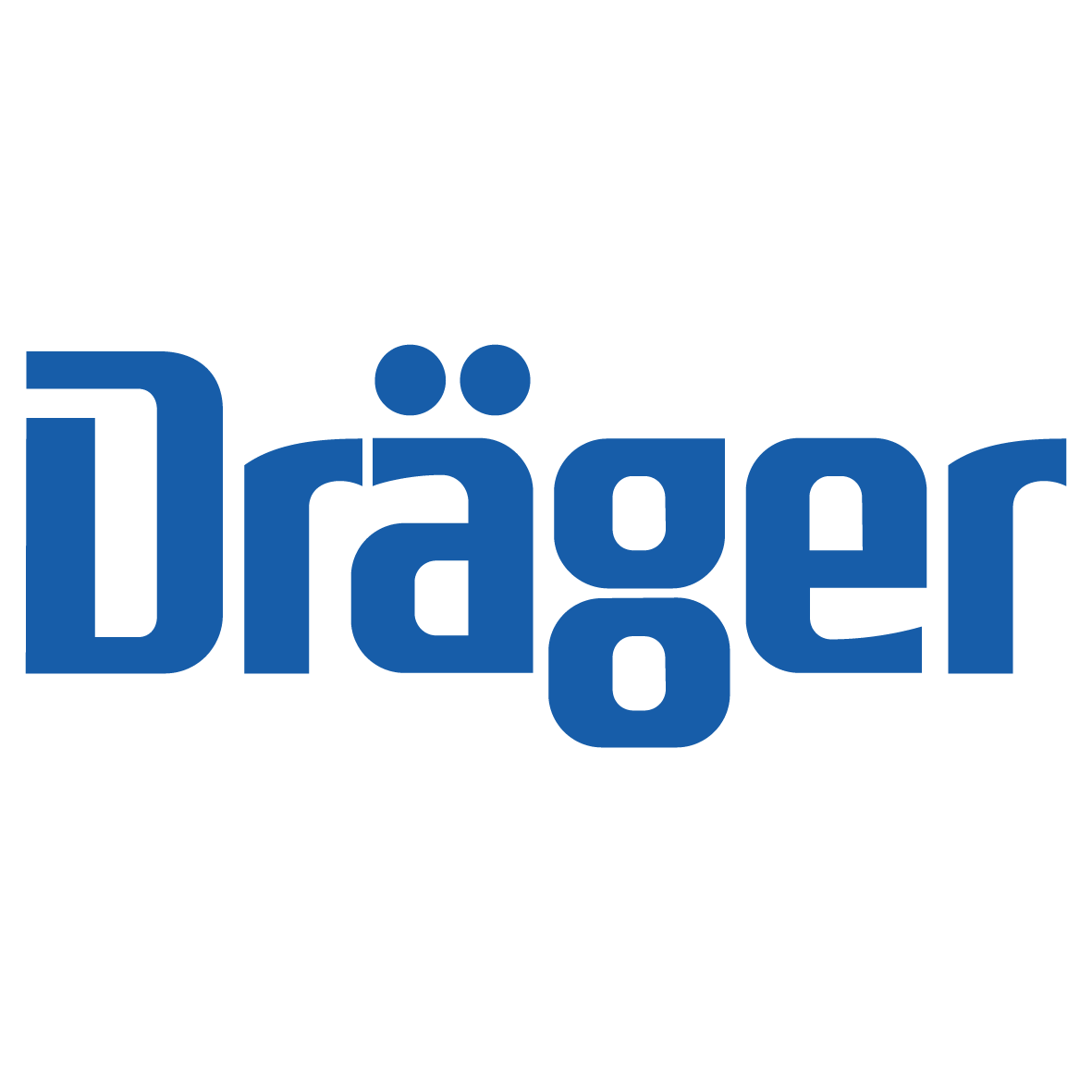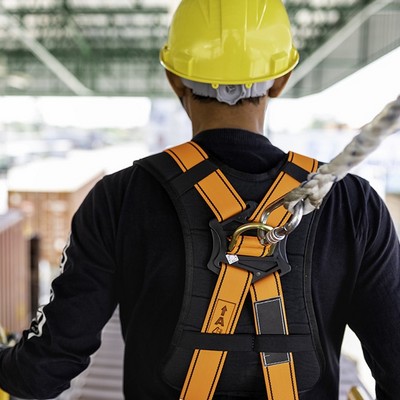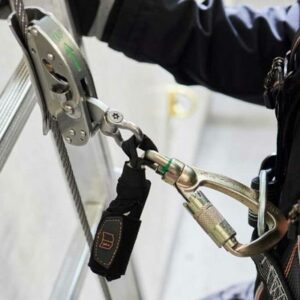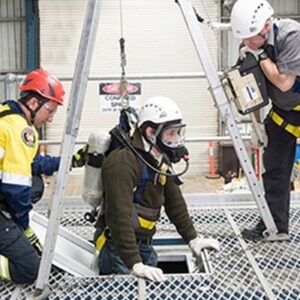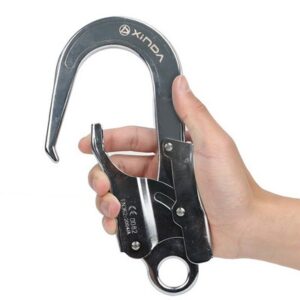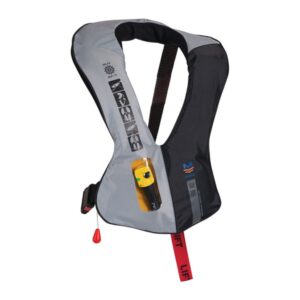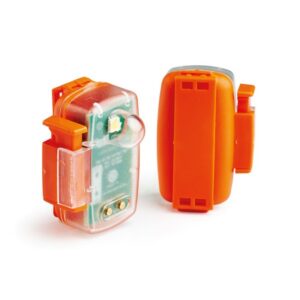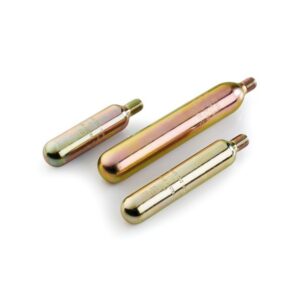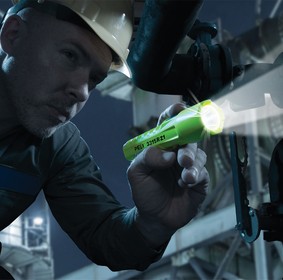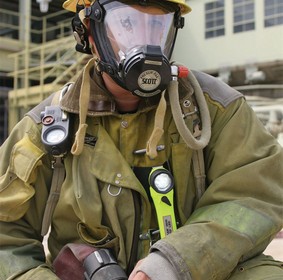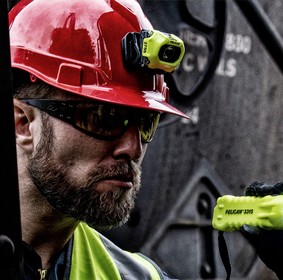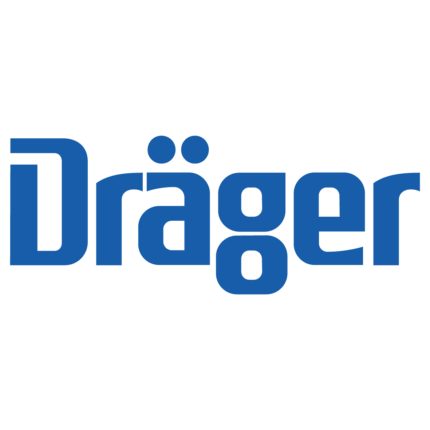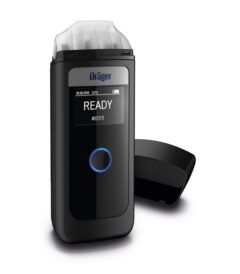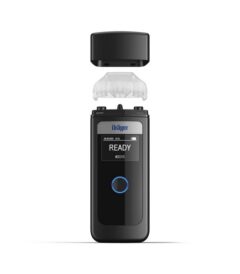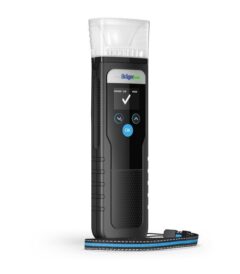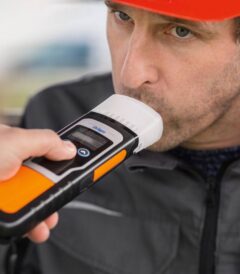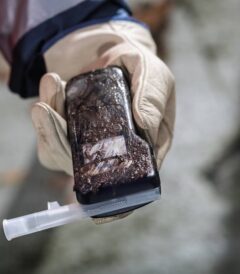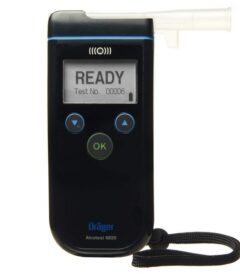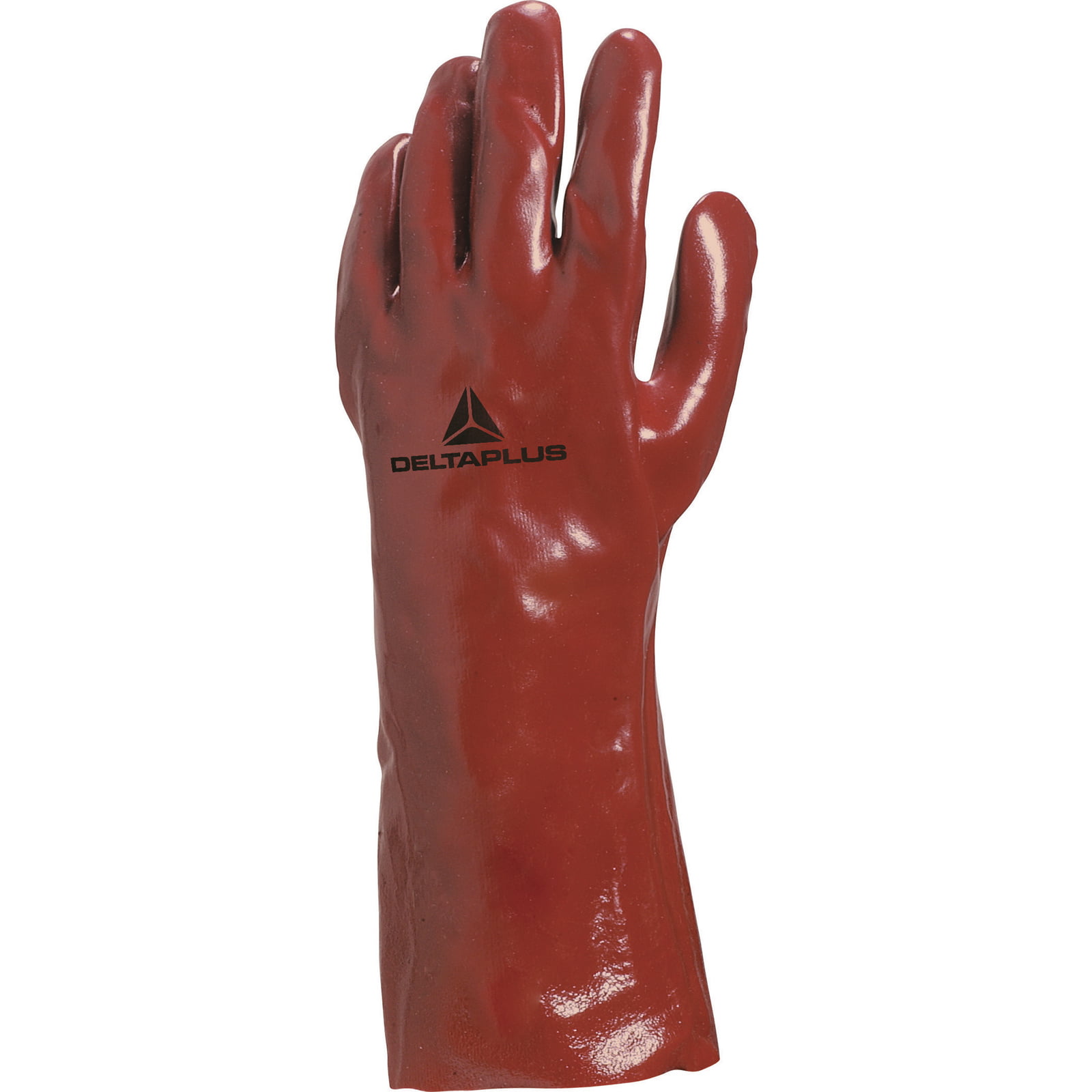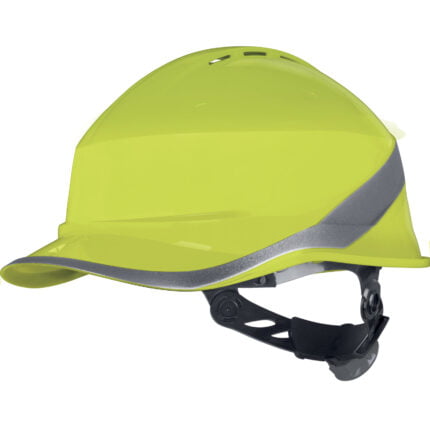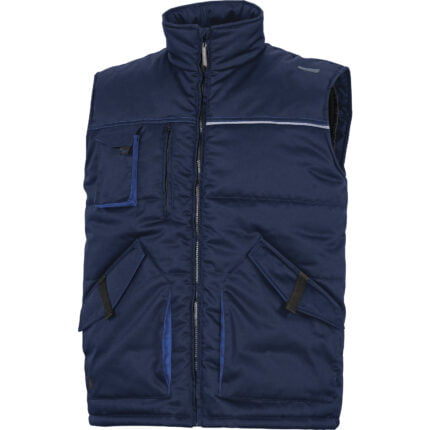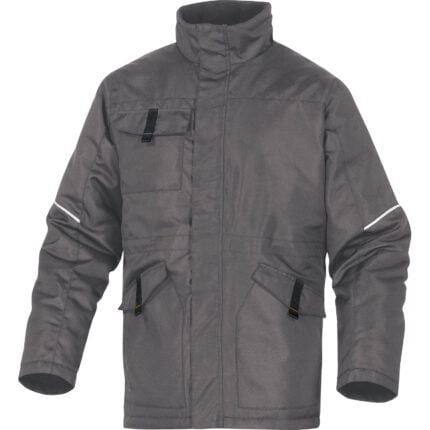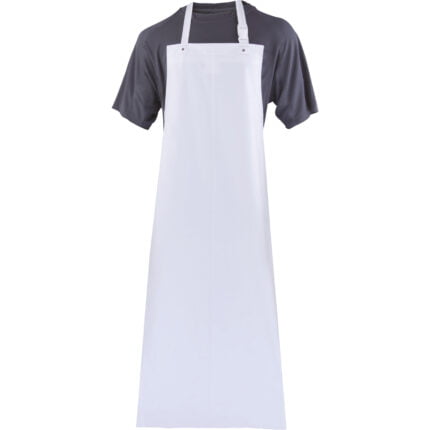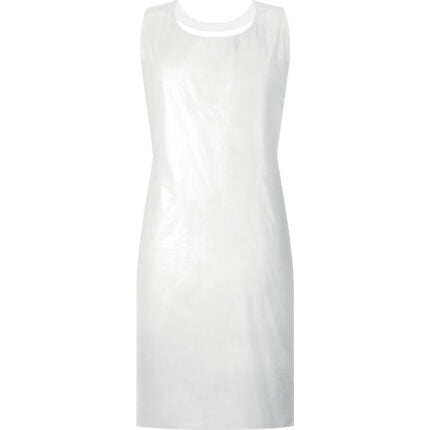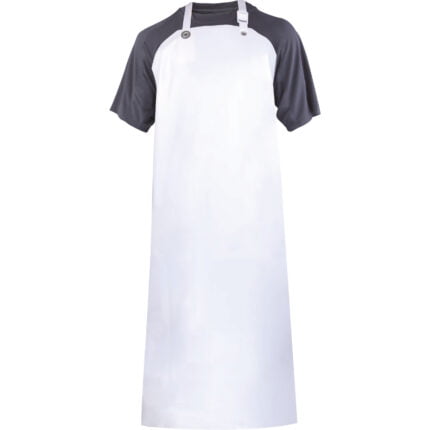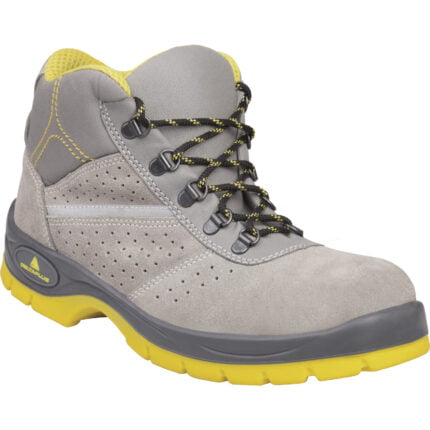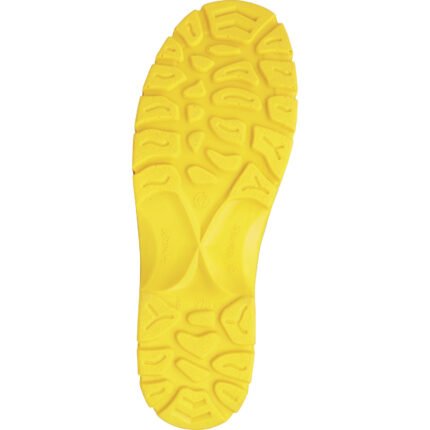COMPOSITION
Support: interlock cotton.
Coating: 100% cured and vulcanised PVC.
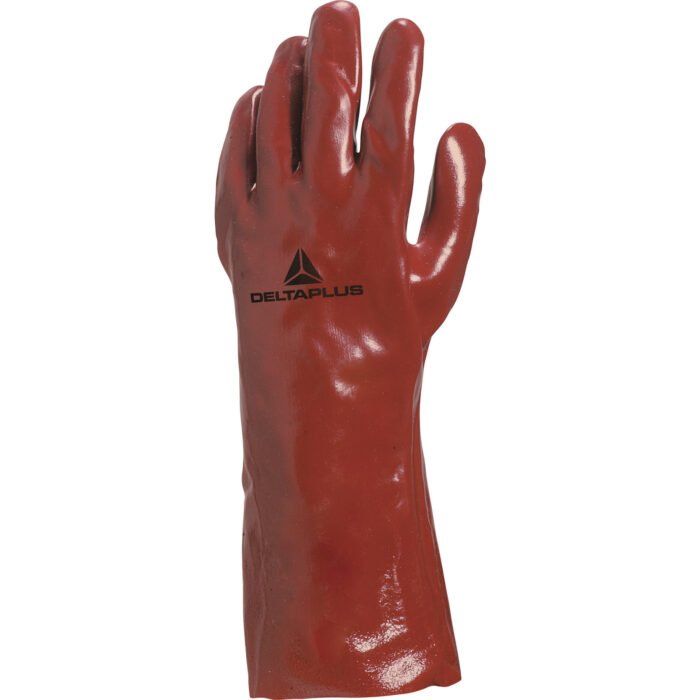
Norms
Certif. S mark Resolution 896/99
-EN388:2003 : Protective gloves against mechanical Risks (Levels obtained on the palm)
-Resistance to abrasion (from 1 to 4) : 4
-Resistance to cutting (from 1 to 5) : 1
-Resistance to tear (from 1 to 4) : 1
-Resistance to puncture (1 to 4) : 1
-EN374-2:2003 : Protective gloves against chemicals and micro-organisms - Part 2: Determination of resistance to penetration
-EN374-3 :2003 : Protective gloves against chemicals and micro-organisms - Part 3: Determination of resistance to permeation by chemicals
REGULATION (EU) 2016/425
-EN ISO 21420:2020 : General requirements
-EN388:2016+A1:2018 : Protective gloves against mechanical Risks (Levels obtained on the palm)
-Resistance to abrasion (from 1 to 4) : 2
-Resistance to cutting (from 1 to 5) : 1
-Resistance to tear (from 1 to 4) : 2
-Resistance to puncture (1 to 4) : 1
-Resistance to cutting by sharp objects (TDM EN ISO 13997) (from A to F) : X
-EN ISO 374-1:2016+A1:2018 : Protective gloves against dangerous chemicals and micro- organisms - Part 1: Terminology and performance requirements for chemical risks.
-Type C - Water and air tightness according to EN ISO 374-2:2019. Permeation resistance to at least 1 chemicals at level 1 according to EN16523-1: 2015 (from 1 to 6). : C
-Determination of resistance to degradation by chemicals according to EN ISO 374-4: 2019. Part 4: Determination of resistance to degradation by chemicals. : .
-Caustic soda 40% (K) CAS 1310-73-2 : 6 > 480 mn
-EN ISO 374-5:2016 : Protective gloves against dangerous chemicals and micro-organisms - Part 5: Terminology and performance requirements against micro- organisms risks.
-BACTERIA + FUNGI : Water and air tightness according to EN ISO 374-2:2019. : .
Product Used Risks
Heavy industry.
Agriculture / Green areas.
Mining.
PARTICULES.
CHEMICAL.
Wearing.
BIOLOGICAL.

